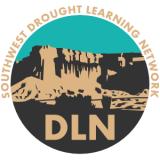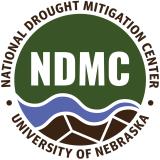Southwest Drought Briefing: February 23, 2022
The most recent U.S. Drought Monitor indicates that much of the Southwest is experiencing some level of drought. Following a fairly dismal November, a wet December, and a dry January, so far February has had a few good precipitation events. How will this winter's precipitation impact the long-term drought conditions in the Southwest? This short drought briefing focused on winter drought conditions and forecasts for Arizona, Colorado, Nevada, New Mexico, and Utah.
For more information, please contact Joel Lisonbee (joel.lisonbee@noaa.gov).





